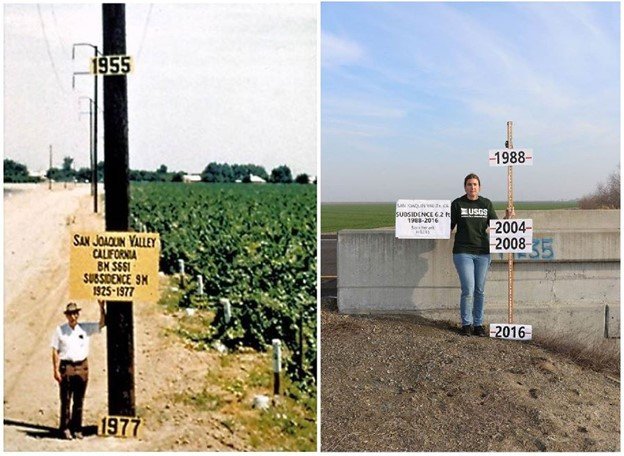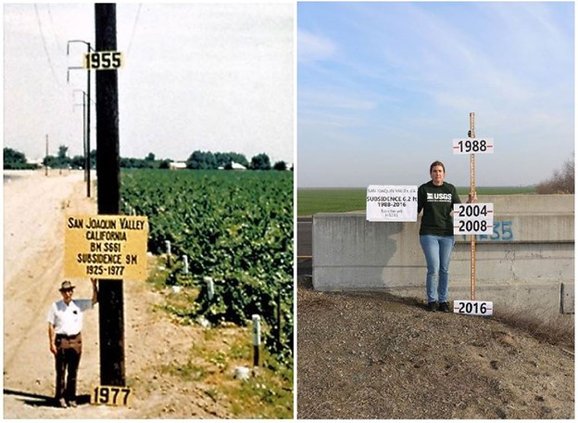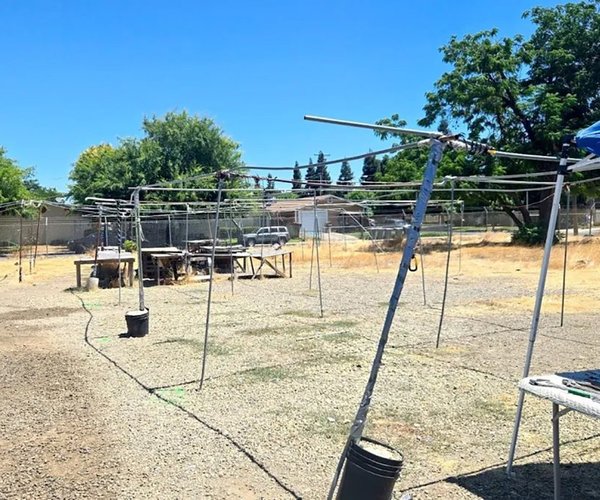Newly released state guidelines on how to get a handle on subsidence, or land sinking, were received with mixed reactions after they were released by the Department of Water Resources on Thursday.
The guidelines provide some basic, but pointed, advice on how San Joaquin Valley groundwater managers can best stop, slow or even reverse subsidence, which a 2014 report shows had cost billions of dollars up to that time in history.
Managers should put more water, lots more, into withered aquifers to bring land elevations back up, according to the new guidelines. They should better understand the substrata of their regions in order to predict how over pumping will impact the land. And they should act regionally.
One groundwater agency or water district can’t fix the problem without help from surrounding districts, the new guidelines state.
Yup, was essentially the reaction from Eric R. Quinley, general manager of Delano-Earlimart Irrigation District and Groundwater Sustainability Agency who has been preaching about the need to address subsidence impacts to neighboring districts for years.
“It is unambiguous at this point. I don’t know how you hide from this anymore,” he said of recalcitrant agencies unwilling to rein in excessive pumping.
Even so, others felt the state was acting with more than a touch of hypocrisy to wag a subsidence finger at locals.
Subsidence is nothing new, after all, and was one of the main reasons both the federal and state water systems were built in the 1930s and 1960s, respectively.
The new guidelines themselves note that after the systems began bringing farmers water from the Sacramento-San Joaquin Delta it “…significantly reduced groundwater reliance, initiated groundwater level recoveries, and slowed—and even reversed—subsidence in some areas of the San Joaquin Valley.”
When those systems reduced exports for environmental reasons, farmers began pumping more and subsidence increased.
Now, under the Sustainable Groundwater Management Act (SGMA), the only option is to cut back pumping.
That means less farming, noted Doug Verboon, Kings County Supervisor and board member of Mid-Kings GSA.
“If we don’t have farms providing revenue, we have no income for the programs that support our residents who need them. It’s a simple fix and I think we’re being punished,” he said of what he sees as the need for more water from the delta.
Absent that, water managers are left to sort through limited options.





